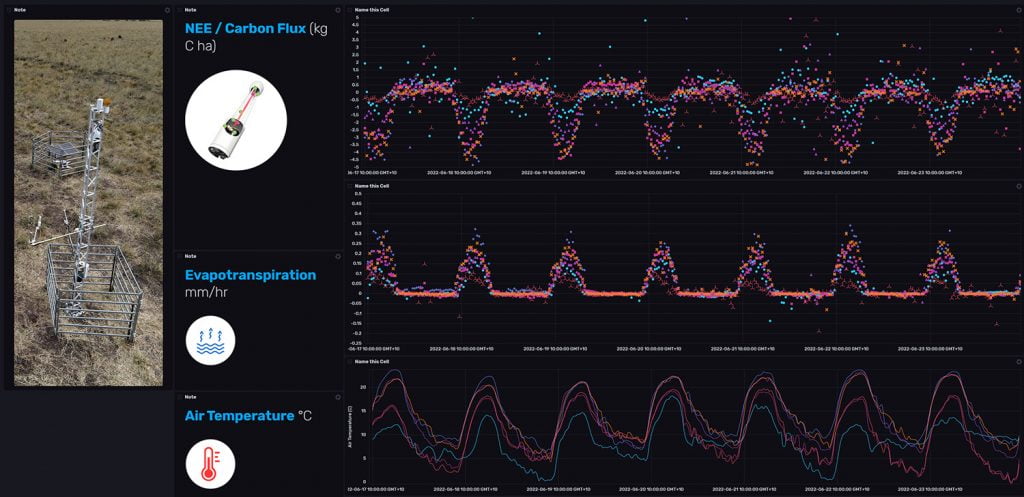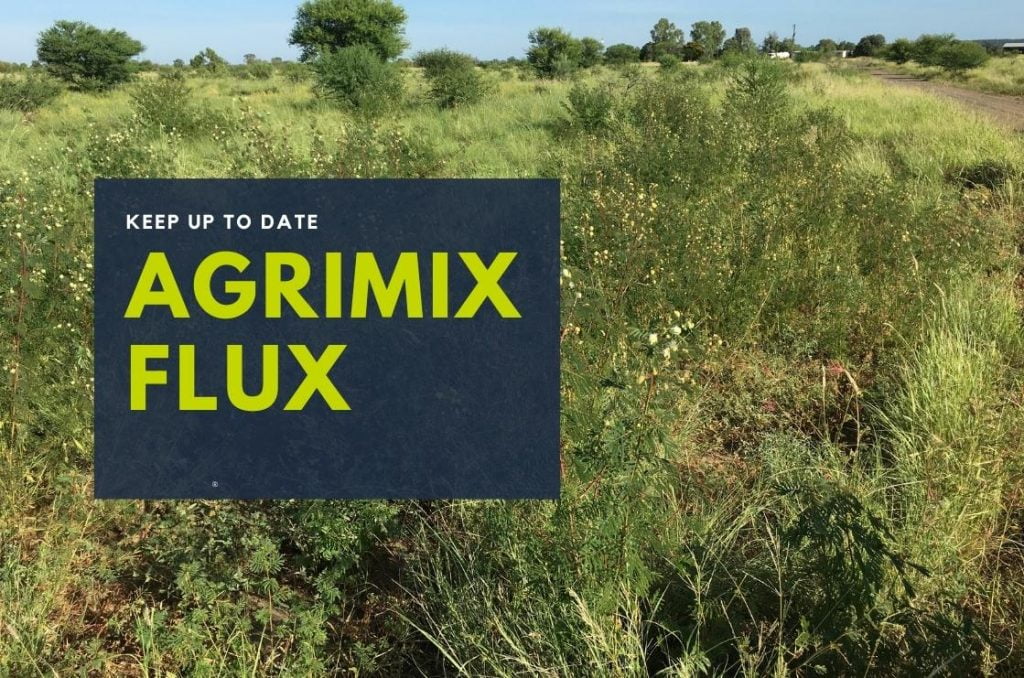Transforming the measurement of
Soil Carbon
Agrimix, in collaboration with Australia’s leading soil and greenhouse gas institution, QUT, is developing a measure-model-verify toolkit (MMVT) that enables lower-cost, more timely, and lower uncertainty quantification of soil carbon change. The core of this technology is the use of eddy flux and other remote sensing data integrated with soil carbon models.
The outcome of the project will enable soil carbon to be measured more accurately and at much lower cost than current approaches. It will also deliver production optimisation tools never before available to the industry.
Why Agrimix Flux?
This project was born when visionary director, Nick Kempe, started asking “how much carbon can Progardes®, a deep tap rooted, nitrogen-fixing legume, actually sequester?”. We then realised there was no reliable, low-cost way to find out the answer!
Agrimix teamed up with renowned soil scientists Professor Peter Grace and Professor David Rowlings and commissioned a major scientific research study into eddy covariance flux tower technology in collaboration with QUT, with support from leading Australian beef producers.
This project is part of Meat & Livestock Australia’s Carbon Storage Partnership and the Australian Government’s National Soil Carbon Innovation Challenge. Read more on MLA’s CN30.
The benefits of the Agrimix Flux approach

Fast Measurements
Flux towers measure what’s happening with carbon flows and other ecosystem metrics in real time

Low Cost
Soil carbon measurements upscaled to thousands of hectares at a low cost

High Accuracy
Data provides continual feedback over large areas, overcoming spatial variability, increasing model accuracy and allowing it to be optimised on the run
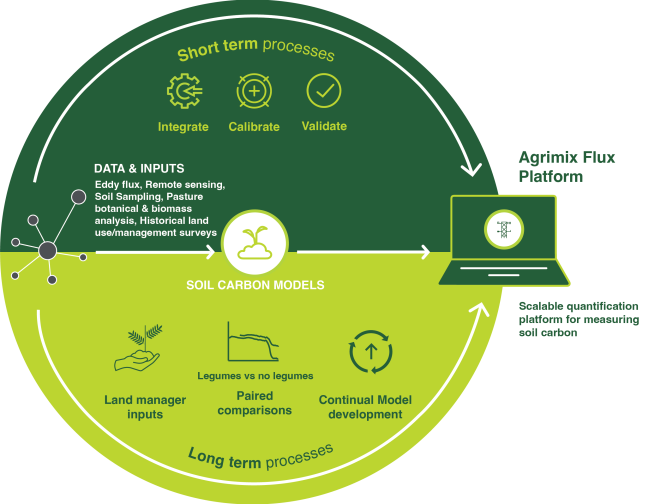
THE BENEFITS OF
SOIL CARBON
- Boosts productivity and profitability
- Improves soil health and fertility
- Increases livestock production
- Increased profitability
- Ecosystem improvements
THE OPPORTUNITIES
- Production optimisation tools
- Pasture performance indicators

THE BENEFITS OF
SOIL CARBON
- Boosts productivity and profitability
- Improves soil health and fertility
- Increases livestock production
- Increased profitability
- Ecosystem improvements
THE OPPORTUNITIES
- Production optimisation tools
- Pasture performance indicators
It’s all in the integrated ecosystem data
The Agrimix solution is backed by decades of eddy flux research and soil carbon modelling. There is no other tool that can give such fine measurements in real time on carbon drawdown, water use efficiency and other key ecosystem parameters. This integrated solution is new to Australia but built on proven technology. 67 parameters are captured through various sensors and techniques to determine daily carbon changes.
The eddy flux towers provide daily data on Net Ecosystem Exchange – the flow of carbon into the soil and plants and evapotranspiration – the evaporation from the land surface plus transpiration from plants.
NEE
(kg carbon per hectare)
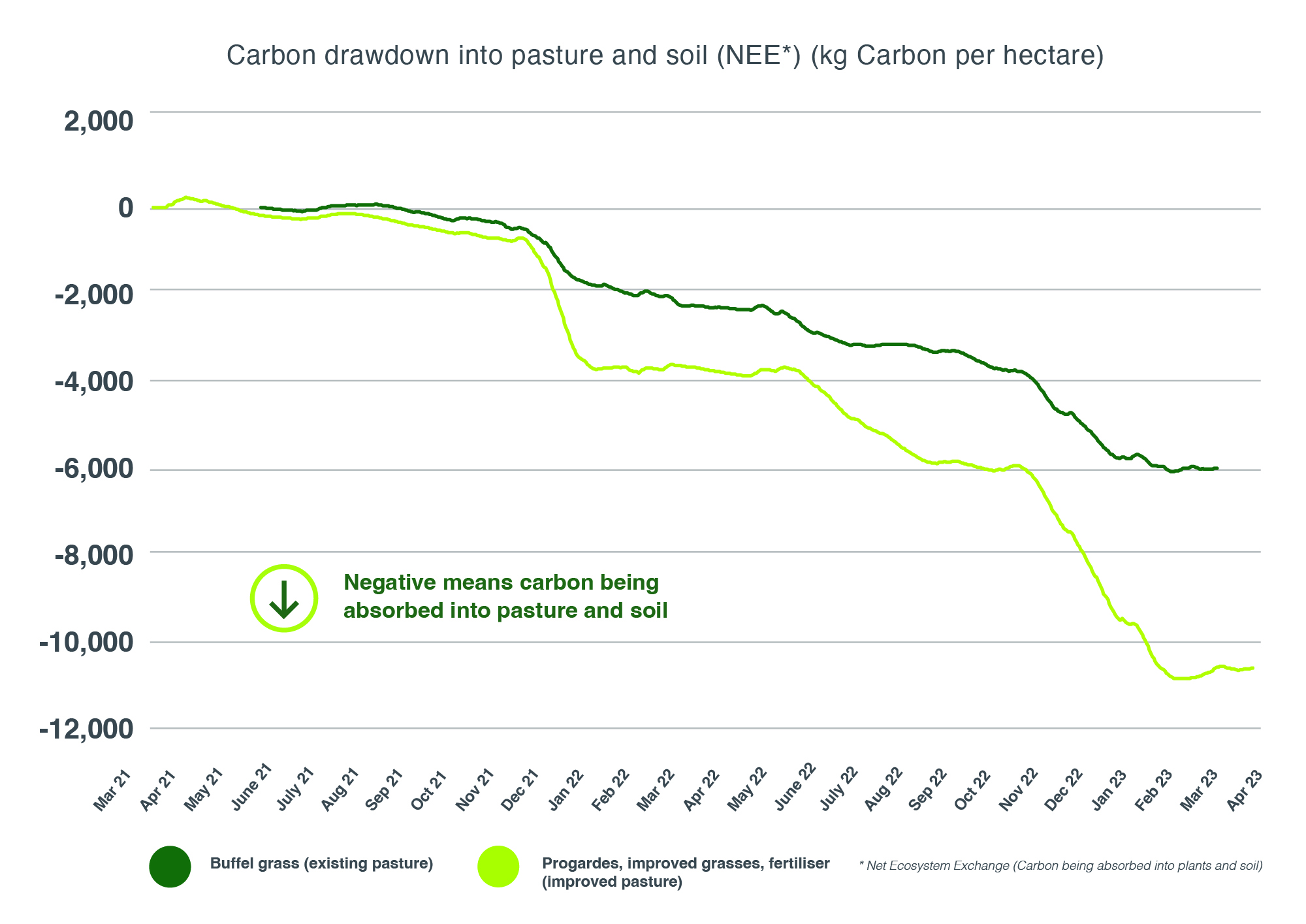
More to come, in the meantime...
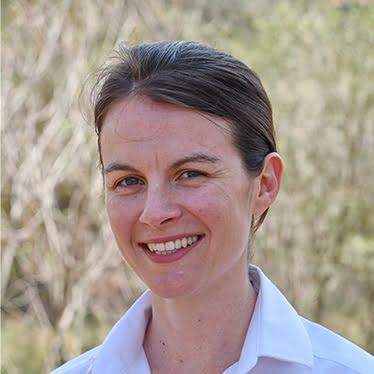
Contact Chloe Kempe
Our Agrimix Director Chloe Kempey is happy to answer any queries in relation to Agrimix Flux

Contact Established Media
For any media enquiries get in touch with Karen Keech from Established Public Relations
Frequently Asked
Questions
An Eddy Covariance Flux Tower measures the gas exchange between the land surface and the atmosphere in real time. Click here to a fantastic explainer from TERN (Australia’s Terrestrial Ecosystem Research Network)
No! The flux tower technology is being developed and validated by QUT on multiple properties in Qld and NSW. The resulting toolkit will allow landowners to model soil carbon changes on their own land, as well as helping them predict soil carbon and productivity changes resulting from different management practices, giving landowners an extremely helpful and powerful productivity planning tool
Currently, the cost to measure soil carbon can be $30 per ha or more, as well as the producer having to give a proportion of their carbon credits to the carbon developer. Agrimix will be launching into the market with a fee for service only which will be significantly lower cost to the producer. The fee structure will be announced at the time of launch in early 2025.
We are currently beta-testing our technology. The toolkit will be available to rural landowners in early 2025.
A soil carbon model is a computational tool used to simulate the dynamic process of carbon cycling in an ecosystem. These models integrate various factors such as climate (temperature, precipitation), soil properties (sand and clay content, bulk density), land use, land cover, land management practices, and microbial activity. The model simulates various biogeochemical processes including photosynthesis and mineralization. The model can also account for feedback loops, where changes in one component of the system may affect other components. The model simulates the influence of different factors (e.g. land use, management practice change) on soil carbon dynamics, and it generates output data such as plant biomass, soil respiration, and changes in soil carbon stocks.
Agrimix’s soil carbon model is powered by the DayCent-CABBI model, a new version of DayCent model which has been widely used to predict the impact of agricultural management practices on soil carbon levels and greenhouse gas fluxes (more than 300 peer-reviewed publications) developed by researchers at Colorado State University.
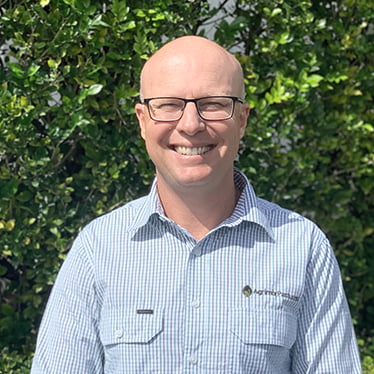
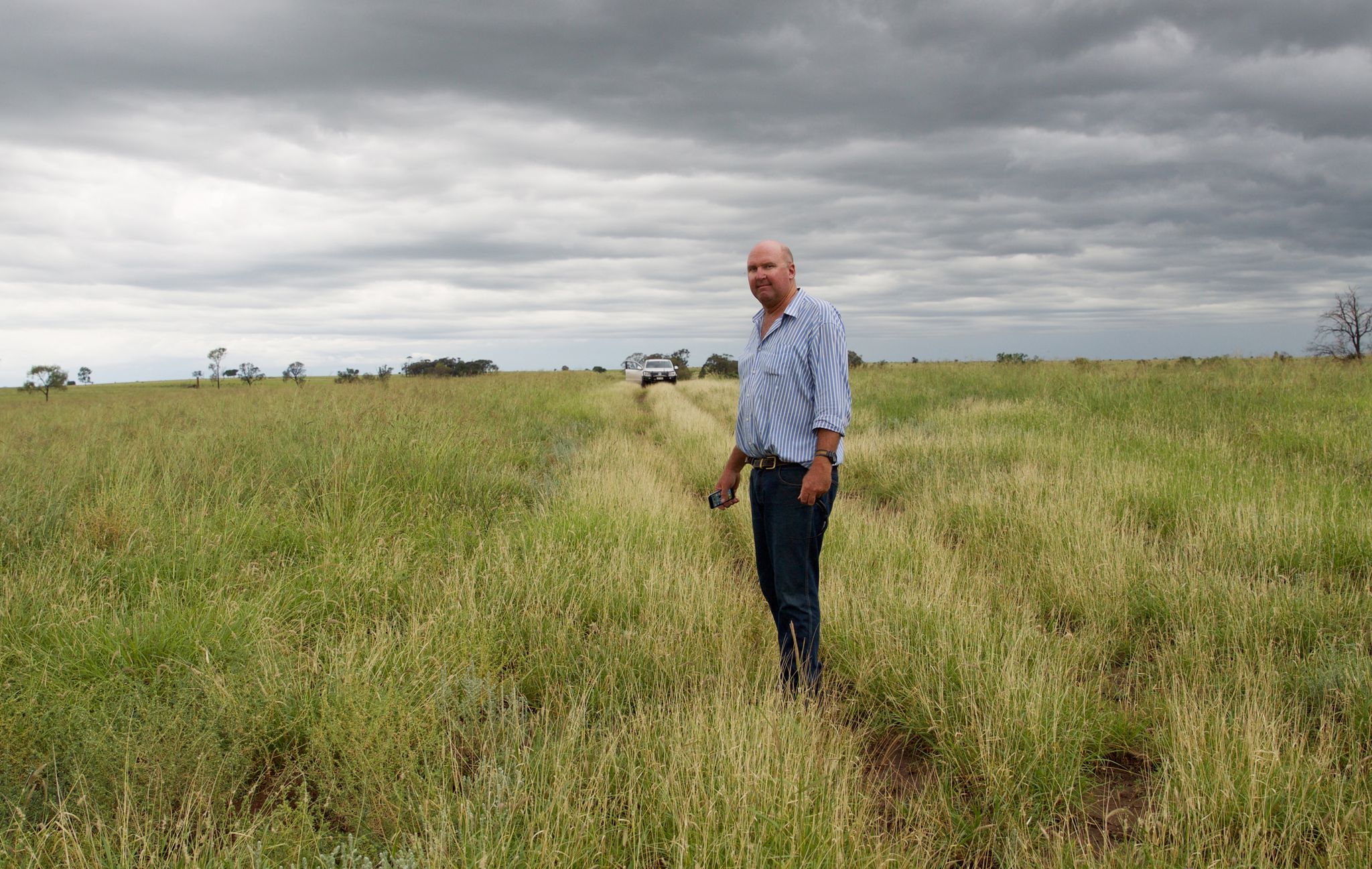
Stay tuned with Agrimix Flux
Learn more and keep up to date on the major break throughs in the transformation of measuring soil carbon.
Agrimix research
innovation & science
Agrimix invests significant resources into Research and Development, collaborating with leading research institutions. Read more on Agrimix’s current research programs.

